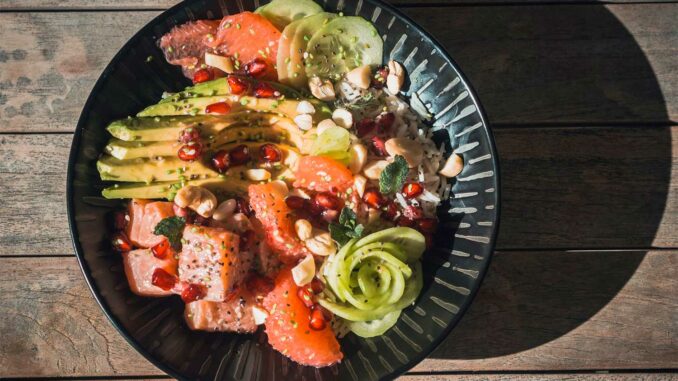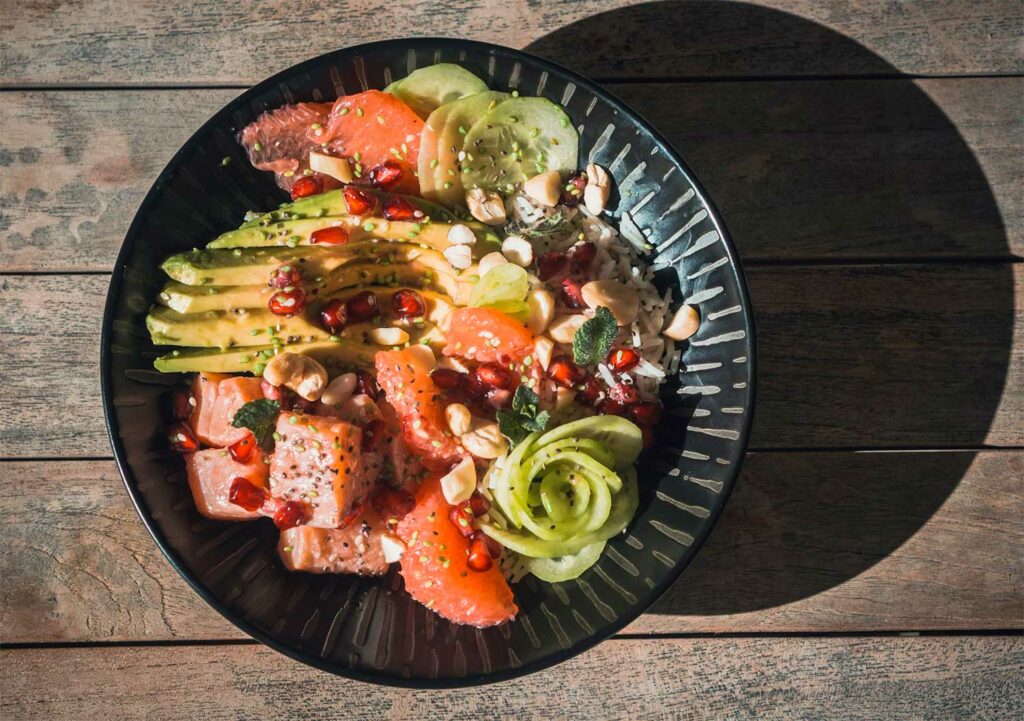
A specialist guide to how French cuisine supports immunity—what to eat, how to cook it, and why technique, seasonality and culture matter for lasting health.
In France, food is more than fuel—it is a craft shaped by markets, seasons and technique. That same craft can strengthen immune defenses when you prioritize nutrient-dense produce, quality proteins, fermented foods and thoughtful fats. This article reframes immune-supportive eating through the lens of French gastronomy: what to put on your plate, how to cook it the French way, and where regional specialties and cooking classes in France can help you learn by doing. You’ll find evidence-based guidance, kitchen tips rooted in French cooking, and practical menus that fit modern life while honoring French food culture.
Why French cuisine is a smart framework for immune health
French tables are built on variety, restraint, and flavor. The shopping list starts at the marché: leafy greens, brassicas, alliums, citrus, berries, pulses, oily fish, eggs, live-culture dairy, nuts and seeds. Technique turns these ingredients into satisfying meals without relying on ultra-processed replacements. Slow cooking, reduction, light acid from wine or citrus, and a disciplined hand with salt make vegetables and legumes center-of-plate rather than an afterthought. That matters for immunity because a diverse, minimally processed diet supplies the vitamins (A, C, D, E, folate), minerals (zinc, iron, selenium), fiber, and bioactive compounds your immune cells require to function efficiently. It also supports the gut microbiome, where much of the immune system is trained. Culturally, French cuisine builds regular mealtimes and convivial eating—habits that correlate with better dietary quality and less mindless snacking. The result is a pattern that is pleasurable, sustainable and aligned with evidence on diet and immune function, while staying true to the spirit of French food culture.
Vitamins and minerals that actually move the needle
Vitamin C, carotenoids and polyphenols
Citrus, kiwis, red peppers, blackcurrants and strawberries are classic French-market staples rich in vitamin C and polyphenols. Spinach, kale, chicory, and Provençal tomatoes add carotenoids that the body converts to vitamin A, essential for barrier integrity in skin and mucosa. In practice: compose a salade tiède of roasted red peppers, citrus segments and olives; fold wilted spinach into a buckwheat galette; or finish grilled mackerel with a parsley-lemon-capers salsa. These dishes deliver antioxidants without supplements and fit naturally within French cooking.
Vitamin D and the French plate
Sunlight remains a key source of vitamin D, but diet helps: salmon, sardines, mackerel, trout and egg yolks are reliable. Mushrooms exposed to light also contribute. A lunch of rillettes de sardines on wholegrain toast with fennel salad, or an herbed omelette with sautéed mushrooms, aligns with French cuisine while topping up a nutrient that supports immune regulation.
Zinc and selenium
For zinc, oysters are unrivalled; beef, lamb, lentils and chickpeas are excellent too. For selenium, think eggs, sardines and a few Brazil nuts. Within a French repertoire, that could mean fines de claire with lemon; a lentil salad from Le Puy with walnut vinaigrette; or roasted carrots with cumin and a spoon of fromage blanc. These minerals support normal immune cell development and antioxidant defenses—practical wins anchored in French gastronomy.

Probiotics, prebiotics and the French microbiome
Fermented foods you already know
Yogurt with live cultures, kefir, raw-fermented sauerkraut (choucroute crue), kimchi from contemporary traiteurs, miso and tempeh now common in Paris, and natural-rind cheeses all deliver living microbes or fermentation metabolites associated with gut and immune benefits. In a French kitchen, pair kefir with berries and toasted buckwheat; stir a spoon of miso into off-the-heat vegetable broths; or add a small side of raw sauerkraut to fatty fish to balance richness.
Feed the microbes you keep
Prebiotics—non-digestible fibers that nourish beneficial bacteria—are abundant in leeks, onions, garlic, asparagus, artichokes, salsify, Jerusalem artichokes, chicory root, bananas, and whole grains. The French pantry is ready-made: a poireaux vinaigrette starter; white beans with garlic-rosemary oil (the solids strained to suit sensitive guts); or roasted artichokes with lemon and thyme. Together, probiotics and prebiotics shape a microbiome that educates immune cells, tempers inflammation, and supports resilience. For those with sensitive digestion, a phased approach under guidance can personalize choices without abandoning the pleasures of French food culture.
Regional specialties that work hard for immunity
Brittany, Provence, the Southwest and Alsace on one table
France’s regional specialties naturally load plates with the nutrients immunity needs. In Brittany, buckwheat galettes wrap spinach, mushrooms and an egg—protein, carotenoids, fiber and B-vitamins in one dish. In Provence, ratatouille concentrates polyphenols; pistou soup layers beans and vegetables with olive oil for heart-healthy fats. In the Southwest, cassoulet can be modernized: more beans and greens, less pork, and a crunchy wholegrain crumb rather than a salt-heavy topping. In Alsace, choucroute garnie is iconic; a lighter weekday version pairs steamed white fish with raw sauerkraut, boiled potatoes and mustard vinaigrette for probiotics and potassium without excess saturated fat. These plates are not “diet food”—they are culture-first dishes that, by design, deliver immune-supportive nutrients the way French cuisine always has.
How to cook for immunity the French way
Technique over restriction
Use technique to make healthy food compelling. Build soups and braises on a low-and-slow mirepoix; bloom spices in olive oil; reduce pan juices with a splash of wine; finish vegetables with lemon and herbs, not extra salt. Layer textures—creamy purées with crisp salad, braised leeks beside seared fish—to satisfy the senses without leaning on sugar or heavy sauces. Good technique also protects nutrients: quick sautéing and steaming preserve vitamin C; cooking tomatoes with olive oil improves carotenoid bioavailability; and resting meat or fish preserves juices, meaning less need for added fats later.
Practical weekly structure
Plan three anchoring meals and a few constants. Anchor 1: an oily fish dinner (sardines, mackerel, trout) with two vegetables and a wholegrain. Anchor 2: a legumes night (lentils, chickpeas, white beans) prepared as a stew or salad, with nuts or seeds for minerals. Anchor 3: a vegetable-forward market dish that changes with seasons. Constants: a live-culture dairy option daily; one handful of nuts and seeds; two portions of fruit rich in vitamin C or polyphenols; and alliums or leeks on most days. This rhythm respects French cooking traditions—seasonal, minimal waste, flavor first—while quietly covering immune-relevant bases.
When special diets meet French food culture
Gluten-free, low-FODMAP and sensitivities
A strict gluten-free diet is essential for celiac disease and some wheat allergies; many French dishes are naturally compliant: grilled fish with fennel and citrus; roast chicken with ratatouille; polenta with mushroom fricassée; rice-based pilafs with herbs. For a short, structured low-FODMAP phase (guided by a clinician), swap onions for the green tops of spring onions, infuse garlic in oil then discard the solids, and thicken sauces by reduction or with rice flour. Reintroductions then restore variety—the long-term goal in a cuisine that prizes diversity.
Vegetarian, vegan and flexitarian in a bistro world
Plant-forward eating is well served by French markets: lentil salads with walnuts; chickpea panisses; vegetable tians; and buckwheat crêpes with mushrooms and spinach. Vegans should pay attention to vitamin B12, iodine, iron and vitamin D; fortified foods and sensible supplementation can dovetail with real cooking. A flexitarian pattern—mostly plants, some fish or eggs, occasional meat—mirrors how many French families already cook and aligns with evidence on cardiovascular and metabolic health, without abandoning culinary identity.
Learn by tasting: use classes and markets as your lab
Hands-on cooking classes in France—from Paris workshops to regional market tours—translate guidelines into muscle memory. Ask instructors to tailor techniques to your needs: buckwheat crêpes for gluten-free menus, light vegetable veloutés built on olive oil instead of cream, or yogurt-based sauces flavored with herbs and lemon. Visit producers: cheesemakers for live-culture dairy, fishmongers for omega-3-rich species, and growers for bitter greens and brassicas. Immersion in sourcing and technique is the surest way to keep immune-supportive eating both rigorous and pleasurable, rooted in French gastronomy rather than fads.
Finding balance
Immune health is not a single superfood; it is a pattern. The French pattern—seasonal markets, modest portions, regular mealtimes, and flavor built by craft—naturally emphasizes vegetables, legumes, oily fish, nuts, seeds and fermented foods while leaving room for treats. Sleep, movement and stress management matter too, and alcohol belongs in moderation if at all. The point is not restriction; it is attention. When you cook and eat this way, the keywords that matter—French cuisine, French food culture, regional specialties, French cooking, cooking classes in France—stop being labels and become lived habits that make robust immunity a daily, delicious outcome.
Cook in France is your independant source for food in France.